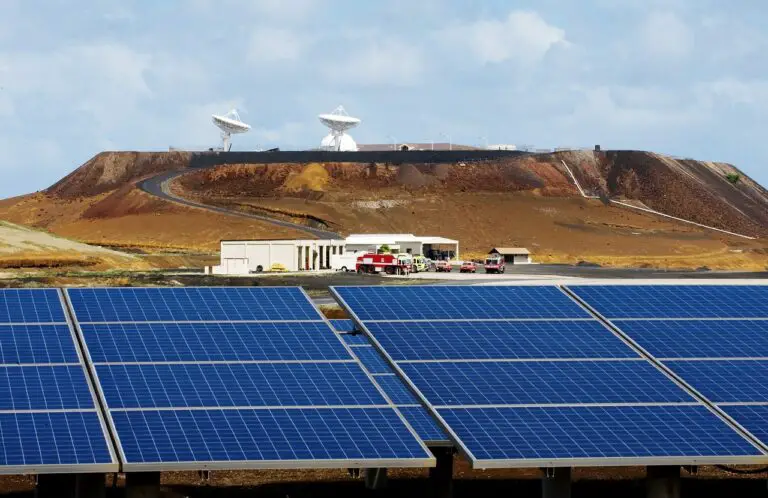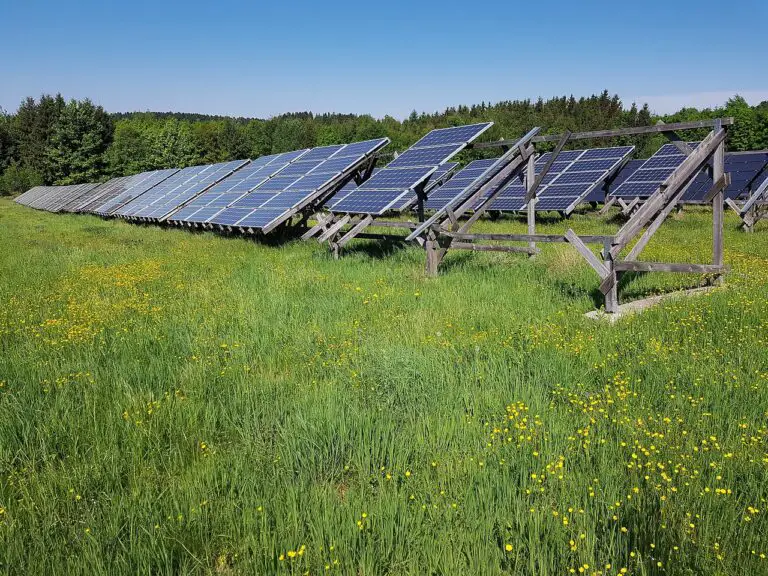Eligibility Criteria for Green Loan Tax Incentives
Green loan tax incentives provide valuable opportunities for homeowners looking to finance energy-efficient upgrades. To qualify for these benefits, it’s crucial to understand the eligibility criteria. This guide will explore the key requirements and considerations for Loans for solar panels and Green home improvement loans.
1. Understanding Green Loan Tax Incentives
What Are Green Loan Tax Incentives?
Green loan tax incentives are financial benefits offered to encourage homeowners to invest in eco-friendly home improvements. These incentives can reduce the overall cost of green home improvement loans and make solar panel installations more affordable. Tax credits, deductions, and rebates are common types of incentives available.
How Do They Benefit Homeowners?
By qualifying for these incentives, homeowners can significantly lower their upfront costs for energy-efficient upgrades. This makes sustainable living more accessible and can lead to substantial long-term savings on utility bills. Additionally, these incentives support broader environmental goals by promoting cleaner energy use.
2. Key Eligibility Criteria for Green Home Improvement Loans
Home Type and Usage
Eligibility for green home improvement loans often depends on the type and usage of the property. Generally, incentives apply to residential properties, including single-family homes and multi-family units up to a certain number of units. For instance, loans may be available for both owner-occupied homes and rental properties, though the requirements can differ.
Transitioning from conventional to eco-friendly housing requires understanding these property-specific rules. For detailed property eligibility, consult Energy.gov.
Types of Improvements Covered
Green home improvement loans typically cover a range of energy-efficient upgrades. Common improvements include:
- Solar Panels: Installing solar panels is one of the most popular green upgrades. Eligibility criteria for loans and incentives may vary by location and specific installation requirements.
- Insulation and Weatherization: Upgrading insulation or sealing air leaks to improve energy efficiency.
- High-Efficiency HVAC Systems: Replacing outdated heating, ventilation, and air conditioning systems with energy-efficient models.
Understanding which improvements qualify is crucial for maximizing the benefits of your loan. The Environmental Protection Agency provides a comprehensive list of eligible improvements.
Certification and Documentation
To qualify for green loan tax incentives, proper documentation and certification are often required. This includes:
- Energy Audits: An energy audit may be necessary to assess your home’s current efficiency and identify eligible upgrades.
- Certification of Installation: Professional certification from installers can validate that the improvements meet the required standards.
- Receipts and Records: Keep all receipts and records of expenses related to the upgrades for tax filing purposes.
Proper documentation ensures that you can fully benefit from available incentives. For more on required documentation, refer to the U.S. Department of Energy.
3. Financial Requirements and Loan Terms
Income and Credit Score
Loans for solar panels and other green improvements often have specific financial requirements. Lenders may consider:
- Credit Score: A higher credit score typically improves your chances of securing favorable loan terms.
- Income Verification: Proof of stable income helps demonstrate your ability to repay the loan.
Meeting these financial criteria can affect both the approval process and the interest rates you receive. For detailed financial requirements, visit Fannie Mae.
Loan Amount and Interest Rates
The amount you can borrow and the interest rates for green home improvement loans vary. Key factors include:
- Loan Amount: This depends on the scope of the improvements and your financial situation.
- Interest Rates: Rates can vary based on the type of loan and your credit profile. Some green loans offer lower rates as an incentive for eco-friendly upgrades.
Comparing different loan options can help you find the best terms for your project. Check out Bankrate for current rates and loan information.
4. Local and Federal Programs
Federal Tax Credits and Incentives
Several federal programs offer tax credits and incentives for energy-efficient upgrades. For example:
- Investment Tax Credit (ITC): Provides a significant tax credit for solar panel installations.
- Residential Renewable Energy Tax Credit: Covers various renewable energy systems installed in your home.
These federal incentives can significantly reduce the overall cost of loans for solar panels. For up-to-date information, visit the Internal Revenue Service (IRS).
State and Local Incentives
In addition to federal programs, many states and local governments offer their own incentives, such as:
- State Tax Credits: Some states offer additional tax credits for energy-efficient home improvements.
- Local Rebates: Municipalities may provide rebates for specific types of upgrades.
These state and local incentives can complement federal programs and provide additional savings. For a list of state-specific incentives, check out the Database of State Incentives for Renewables & Efficiency (DSIRE).
5. Application and Approval Process
How to Apply
The application process for green loan tax incentives typically involves:
- Researching Available Programs: Identify which incentives you qualify for and gather the necessary documentation.
- Submitting Applications: Apply for the loan and any applicable incentives simultaneously, following each program’s specific procedures.
- Completing Required Work: Ensure all improvements are completed and properly documented.
Staying organized and following each step carefully can help streamline the approval process. For more details on application procedures, visit Energy Star.
Common Pitfalls to Avoid
To maximize your benefits and avoid common mistakes:
- Ensure Accuracy: Double-check all forms and documentation for accuracy before submission.
- Meet Deadlines: Adhere to application deadlines for both loans and tax incentives.
- Consult Professionals: Seek advice from financial advisors or tax professionals to navigate complex eligibility criteria.
Avoiding these pitfalls ensures a smoother application process and maximizes your potential savings.
Conclusion
Understanding the eligibility criteria for green loan tax incentives can help you make the most of your loans for solar panels and other eco-friendly upgrades. By meeting property, financial, and documentation requirements, you can benefit from substantial savings and contribute to a more sustainable future.







